The World of Ultra-Cold: Cryogenics, Liquefied Gases, and Storage Solutions
The realm of cryogenics delves into the fascinating world of extremely low temperatures, typically below -150°C (-238°F). At these frigid extremes, gases condense and transform into liquids, known as liquefied gases. These liquefied gases are vital in numerous scientific, medical, and industrial applications.
But how do we store these ultra-cold liquids safely and efficiently? Enter cryogenic storage tanks – specialized vessels designed to maintain these cryogenic temperatures and ensure the safe containment of these liquefied gases.
Understanding Liquefied Gases:
Many common gases, like oxygen, nitrogen, argon, and helium, can be liquefied when subjected to extreme cold. These liquefied gases offer several advantages over their gaseous counterparts:
Increased Density: Liquefaction significantly increases a gas’s density, allowing for much larger quantities to be stored in a smaller volume.
Enhanced Transport Efficiency: This high density makes transporting large amounts of these gases more feasible than bulky, high-pressure gas cylinders.
Unique Properties: Certain liquefied gases exhibit unique properties at cryogenic temperatures. Liquid nitrogen, for example, becomes a cryogenic fluid ideal for preserving biological samples.
Applications of Liquefied Gases:
The diverse applications of liquefied gases span numerous industries:
- Medical Applications:
- Liquid nitrogen is crucial for cryotherapy, a medical procedure that utilizes extreme cold to freeze and destroy abnormal tissues.
- It also plays a vital role in long-term cell and tissue preservation for medical research and potential future therapies.
- Liquid oxygen is essential for medical gas therapy and respiratory support in hospitals.
- Scientific Research:
- Liquid nitrogen is a cornerstone of scientific research. It is used to cool superconducting magnets in MRI machines and other instruments that require extremely low temperatures.
- Liquid helium is critical in achieving incredibly low temperatures for advanced scientific research.
- Industrial Applications:
- Liquid oxygen is used in steel production and metal fabrication for oxyacetylene welding and cutting processes.
- Liquid argon is employed in inert gas shielding for welding, preventing oxidation and contamination of the weld zone.
- Liquid carbon dioxide finds applications in food preservation and the carbonation of beverages.
What Is Cryogenics?
Cryogenics is the scientific study of materials and their behaviours at extremely low temperatures. The word is derived from Greek words meaning cold (cryo) and producing (genic). Cryogenics is often encountered within physics, materials science, or medicine contexts; typically, scientists who specialize in it are known as cryogenicists, while materials undergoing cryogenic processes may be known as cryogens or cryogens; temperatures reported using any scale can be said; Kelvin or Rankine scales are often preferred due to being absolute scales with positive numbers representing favourable temperatures (Kelvin or Rankine scales are most popular).
Exactly how cold a substance has to be to be considered “cryogenic” is a matter of some debate by the scientific community. The U.S. National Institute of Standards and Technology (NIST) considers cryogenics to include temperatures below −180 °C (93.15 K; −292.00 °F), which is a temperature above which common refrigerants (e.g., hydrogen sulfide, freon) are gases and below which “permanent gases” (e.g., air, nitrogen, oxygen, neon, hydrogen, helium) are liquids. There is also a field of study called “high-temperature cryogenics,” which involves temperatures above the boiling point of liquid nitrogen at ordinary pressure (−195.79 °C (77.36 K; −320.42 °F), up to −50 °C (223.15 K; −58.00 °F).

What is a cryogenic tank?
Cryogenic tanks store cryogenic liquids such as liquid nitrogen, helium, argon, oxygen, hydrogen, and helium. These liquids are typically liquefied gases at -150 °C or lower. Cryogenic tanks also store gases like liquefied natural gas and nitrous oxide at higher temperatures.
These tanks need to be thermally insulated to maintain the low temperatures. This is achieved through the use of a vacuum jacket. This component must be designed and manufactured to a high specification, following established international design codes.
Cryogenic tanks can be of several different kinds. Static or fixed tanks, such as those used in a cryogenic processing facility, are used in a fixed location. Static tanks also include small mobile micro bulk tanks mounted on wheels for use in labs and workshops.
Also known as pressure vessels, these small cryogenic tanks can also be called Dewar flasks. Dewar flasks are also available with an open neck, not pressurized, for situations where direct access to cryogenic liquids is needed. A cryogenic storage dewar (or simply dewar) is a specialized type of vacuum flask used for storing cryogens (such as liquid nitrogen or liquid helium) whose boiling points are much lower than room temperature.
The Role of Cryogenic Storage Tanks:
Given the extreme temperatures, storing liquefied gases safely and efficiently requires specialized equipment. Cryogenic storage tanks are meticulously designed to meet this challenge:
- Durable Construction: These tanks are typically constructed with high-quality stainless steel inner vessels to ensure strength and withstand low temperatures.
- Superior Insulation: The insulation system is a critical feature. Cryogenic tanks employ a double-walled design with a vacuum between the inner and outer walls. This vacuum significantly reduces heat transfer, minimizing boil-off of the liquefied gas and maintaining cryogenic temperatures.
- Safety Features: Cryogenic storage tanks are built with safety in mind, incorporating pressure relief valves and other safety features to prevent overpressurization and potential ruptures.
Different Types of Cryogenic Storage Tanks:
Several different types of cryogenic tanks are available, each designed for specific applications and requirements. Here are some of the commonly used cryogenic tank types:
- Dewar Flasks: Dewar flasks, also known as cryogenic flasks or vacuum flasks, are portable and relatively small containers used for short-term storage and transporting cryogenic substances. They are typically made of double-walled glass or metal with a vacuum-sealed space in between to minimize heat transfer. Dewar flasks are commonly used in laboratories, medical facilities, and research settings.
- Vertical Storage Tanks: Vertical storage tanks are large, stationary tanks used for long-term storage of cryogenic liquids. They are typically cylindrical and can hold a significant volume of cryogenic substances. These tanks are well-insulated and equipped with safety features to ensure the integrity and stability of the stored materials. Vertical storage tanks find applications in the aerospace, energy, and pharmaceutical industries.
- Horizontal Storage Tanks: Similar to vertical storage tanks, horizontal storage tanks have a horizontal orientation for long-term storage of cryogenic substances. These tanks are often preferred when space constraints or site layout considerations make vertical tanks less practical. Horizontal storage tanks are commonly used in food processing, chemical manufacturing, and cryotherapy industries.
- Cryogenic ISO Containers: Cryogenic ISO containers are specialized tanks for transporting large volumes of cryogenic substances over long distances. These containers adhere to ISO standards, which ensure compatibility with international shipping and transportation regulations. Cryogenic ISO containers are commonly used to transport liquefied natural gas (LNG) and other cryogenic gases, making them vital in the energy industry.
- Cryogenic Road Tankers: Cryogenic road tankers are specifically designed to transport cryogenic substances by road. These tankers are insulated and equipped with safety features to ensure the secure transport of liquid nitrogen, liquid oxygen, or other cryogenic liquids. Cryogenic road tankers supply cryogenic gases to various industries, including healthcare, food processing, and manufacturing.
- LNG Storage Tanks: LNG storage tanks are large-scale tanks explicitly designed to store liquefied natural gas. These tanks are heavily insulated and often have specialized materials to handle the extremely low temperatures and high pressures associated with LNG. LNG storage tanks are critical in the natural gas industry for efficient storage and supply of LNG to fueling stations, power plants, and industrial facilities.
The specific type of cryogenic tank chosen depends on factors such as the volume of cryogenic substance to be stored or transported, the storage or transportation duration, and the application’s specific requirements.

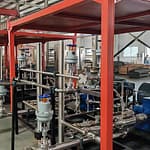

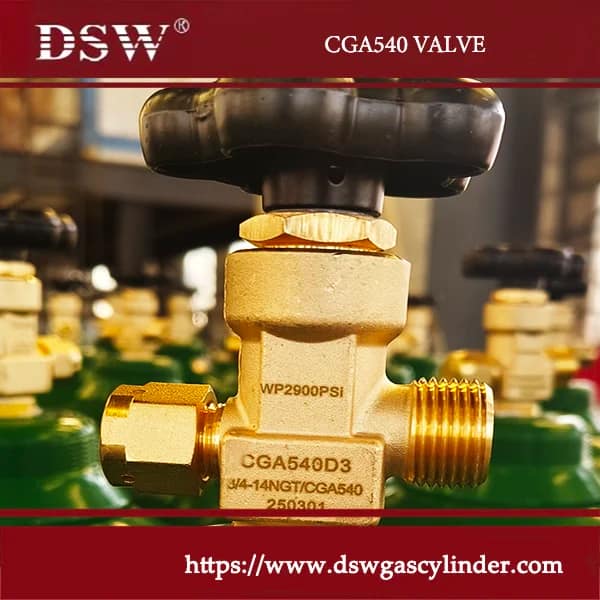
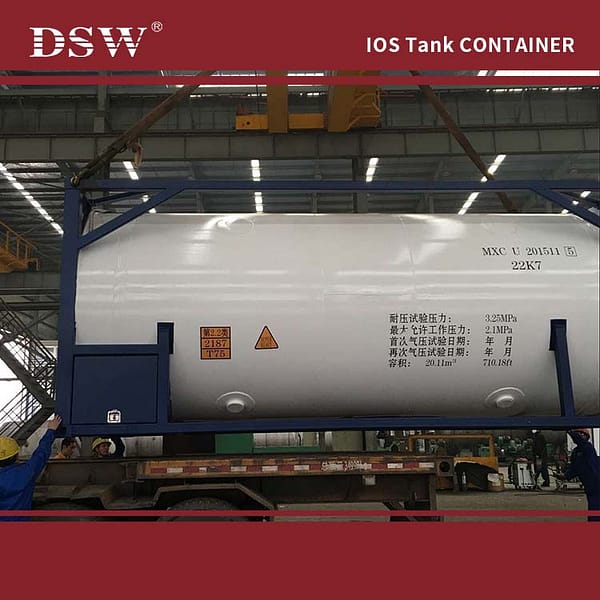

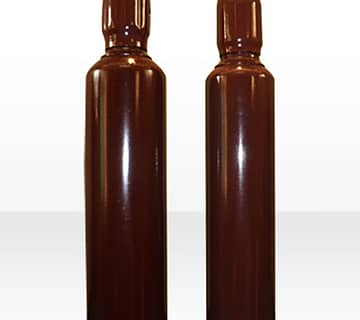
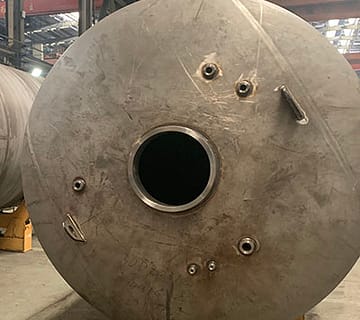
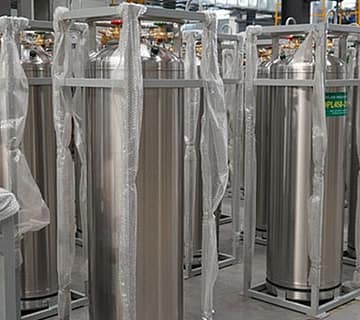

No comment